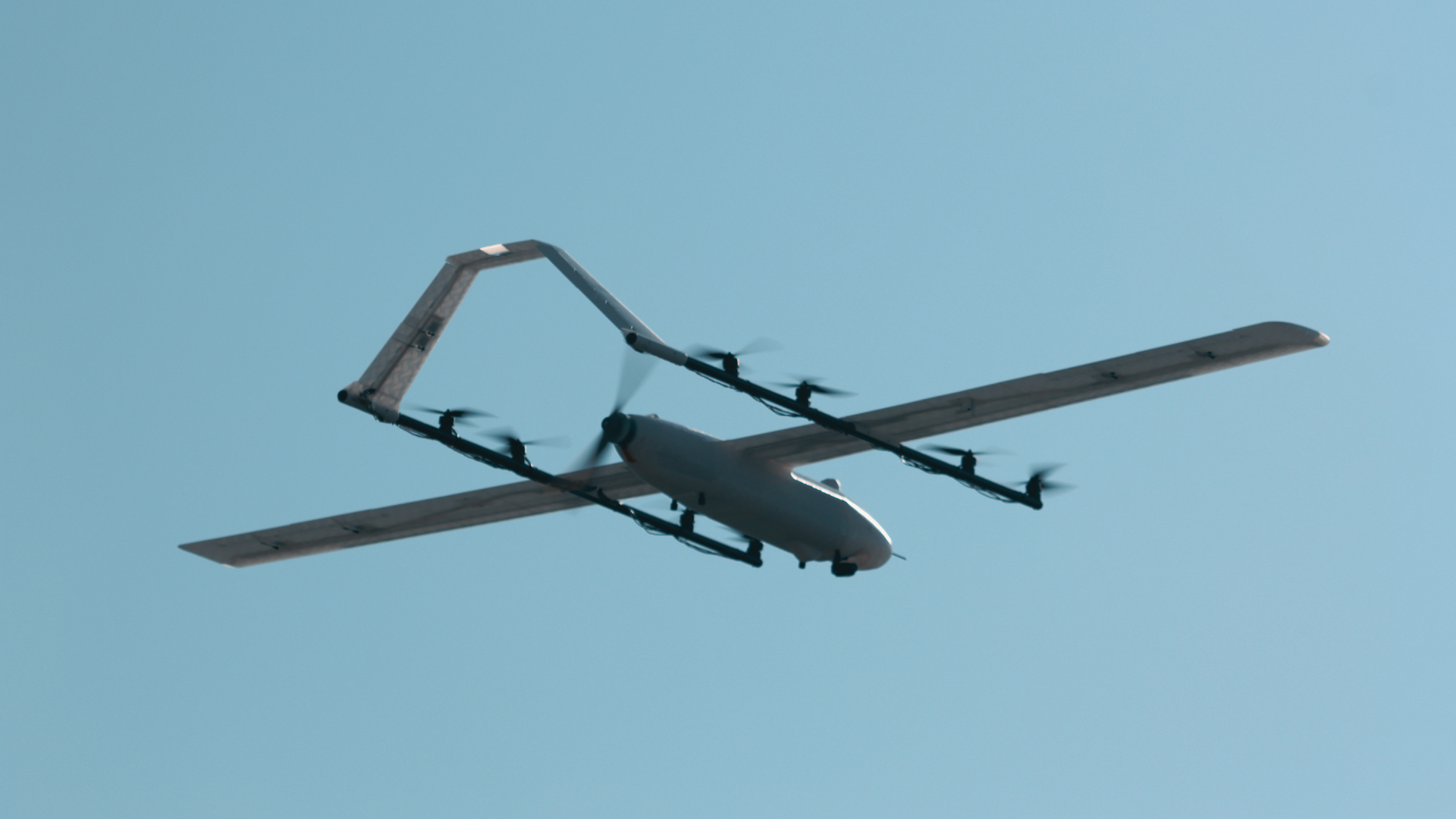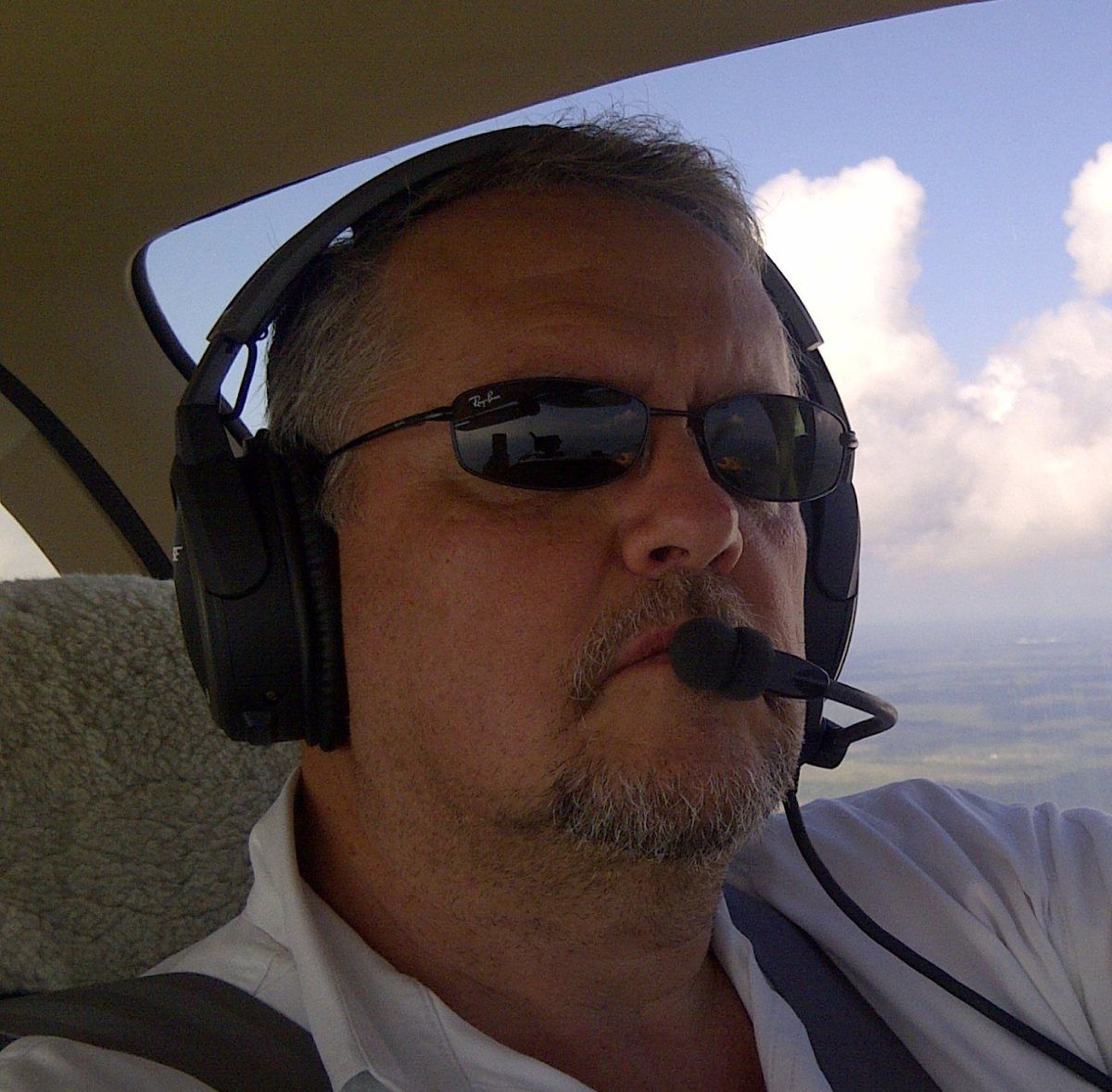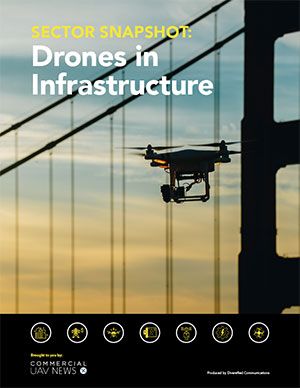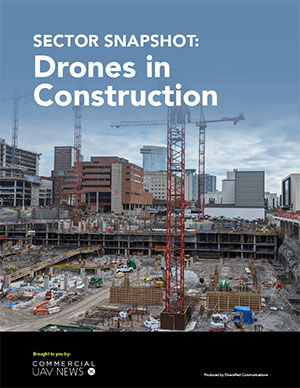French start-up, Rift, is on a mission to install drone stations throughout Europe to serve as real-time aerial intelligence.
In an announcement sent to Commercial UAV News, Rift stated that they have raised €4.6 million to fund this mission. This funding round was led by AlleyCorp with participation from OVNI Capital.
The investment, “will accelerate the development of Rift’s technology and the deployment of the first on-demand aerial intelligence network, operated from a single remote command centre in France."
Rift’s mission to build these aerial intelligence stations in a response to what they refer to as “growing geopolitical and climate risks” that threaten critical infrastructure and borders. Recognizing that traditional aerial security for critical infrastructure and sensitive areas can be costly, the company set out to create an “agile alternative” with drones providing continuous monitoring of these areas, referring to it as “Surveillance-as-a-Service" model.
Commercial UAV News spoke with Daniel Nef, Co-Founder and CEO of Rift, to learn more about the start-up and its plans with this new round of funding.
“Our mission is to transform the way emergencies are handled today by delivering real-time aerial intelligence. Rift is focused on building Europe’s first sovereign aerial intelligence network dedicated to public safety and critical infrastructure. The company views itself as creating the "missing link between satellites and ground teams” stated Nef.
Key issues that Rift’s platform plans to mitigate include detecting early wildfire outbreaks, monitoring highway accidents, tracking illegal border crossings, and overseeing pipelines, power lines, and railways for leaks or intrusions.
Rift’s stations will include long-endurance VTOL drones, autonomous deployment stations, and the RiftOS software platform.
Over the next two years, Rift plans to allocate funds for four main avenues to industrialize their technology and large-scale deployments of its autonomous aerial surveillance network. These areas are deployment operations, research & development, go-to-market, and regulatory readiness. This plan includes adding up to 50 employees to Rift itself.
“These resources support two major objectives: deploying more than twenty autonomous stations across borders and critical infrastructure, and achieving full mission autonomy, from mission planning to data exploitation in 2027. This growth will also enable Rift to secure SAIL III/IV regulatory approvals, paving the way for EU-wide expansion,” Nef explained.
The company has identified three key industries they believe will be the biggest adopters of this technology and will benefit the most from their surveillance platform. Those industries include maritime surveillance, infrastructure corridors, and public safety.
Rift plans to run a phased go-to-market strategy starting with maritime surveillance and moving into national infrastructure corridors afterwards, with the long-term goal of integrating into public safety and security workflows. While they are second on the list, the infrastructure sector will benefit not just from enhanced security but also increased inspection frequencies.
“The immediate adoption driver is the shift in infrastructure inspections, where aging infrastructure and new regulations require inspection frequencies to increase dramatically from 1–2 times per year to potentially 6–48 times per year by 2030 for sectors like powerlines and pipelines, creating a continuous need that Rift is positioned to capture.” said Nef.
The announcement states that Rift will use “innovative manufacturing methods.” With a goal of maximizing production of their stations over the next two years, Rift is utilizing additive manufacturing and modular designs to have the most time and cost-efficient processes to create their new stations.
“The long-endurance VTOL drones are built using 3D-printed carbon fiber composite. This process is 4 times faster in production, producing one drone per 24 hours, and is 6 times cheaper than producing traditional industrial VTOLs which have a unit cost of €4K versus €25K,” said Nef.
“Rift vertically integrates only the airframe and proprietary software while relying on multi-sourced commercial off-the-shelf components for everything else. This approach avoids R&D bloat, supply chain friction, and CAPEX traps commonly found in aerospace.”
With all of these systems in place, the company is capable of a three-day design-to-flight cycle that allows continuous iteration in real-world conditions.















Comments